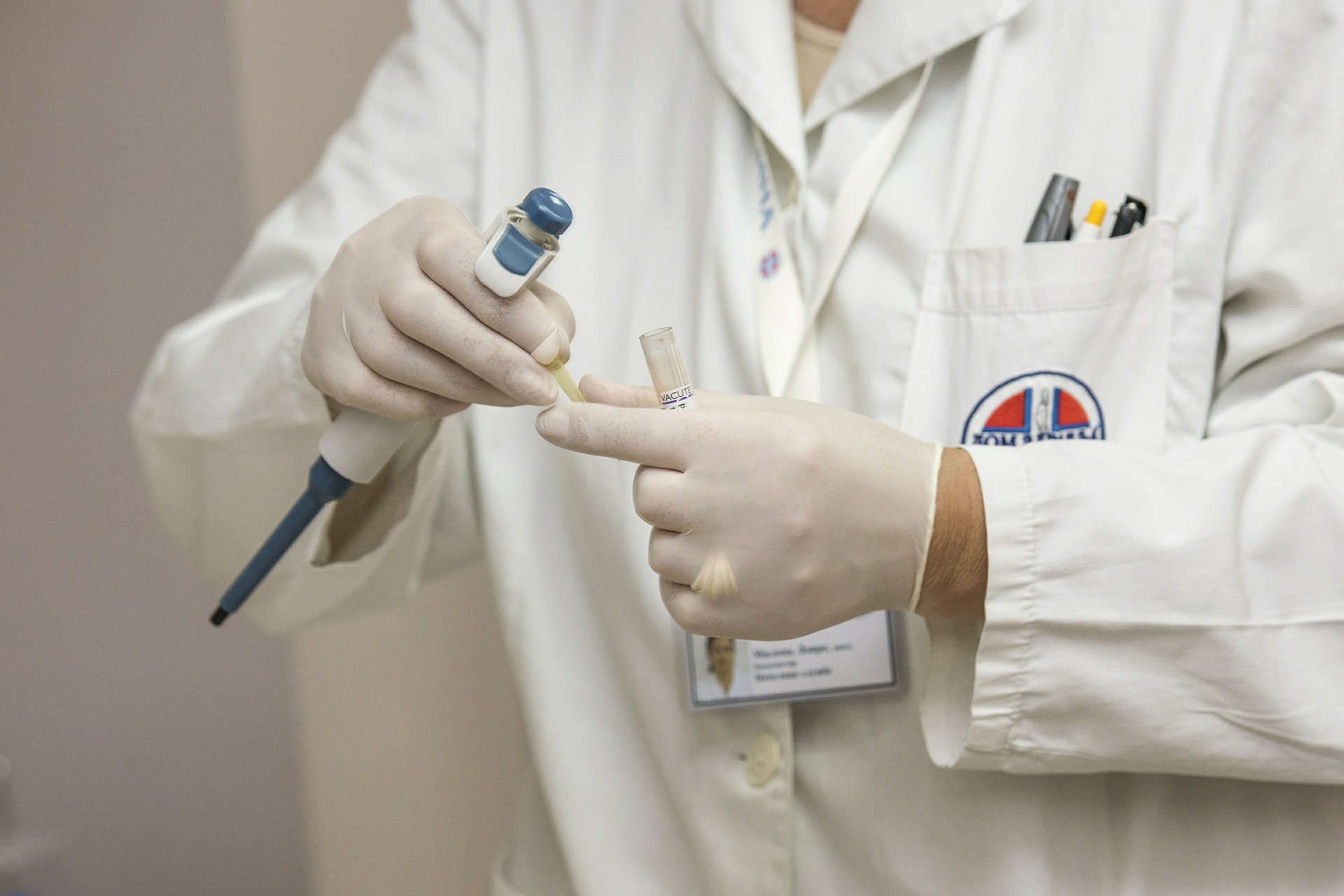A Piedmont Healthcare joint venture has acquired nine more urgent care centers, expanding its network to 26, with another set to open this week.
Piedmont Urgent Care by WellStreet has purchased Summit Urgent Care, a move that is just one sign of the explosive growth of urgent care as a convenient, walk-in choice for patients with non-life-threatening conditions. Many patients using urgent care centers don’t have immediate access to a doctor’s office and want to avoid the expense of an emergency room visit.
The acquisition of Summit brings centers in East Point, Fayetteville, Marietta, Newnan, Peachtree City, LaGrange and Carrollton into the network of Piedmont Urgent Care by WellStreet.
Ron Lavater, CEO of Piedmont Urgent Care by WellStreet, says “having the right cultural fit is so important and, like ours, Summit’s culture focuses on providing excellent patient care and outstanding customer service.”
More than 9,000 urgent care centers operate in the United States, according to a report by the Urgent Care Association. That figure is up 6% from 2018. And the number of urgent care facilities that are run by hospital systems is also on the rise.
Lavater says the Piedmont urgent care network, a for-profit entity that’s a joint venture with Atlanta-based Piedmont Healthcare, is the largest in the state by the number of patients it handles. Peachtree Immediate Care, which is part of the Emory Healthcare Network, has a larger number of urgent care centers.
Health systems that offer urgent care are expanding access for their patients, says Chris Kane, a consultant with Progressive Healthcare.
Fifteen years ago, many health systems avoided offering urgent care centers because they didn’t want to offend local physicians who saw the urgent care business as competition, he says.
But that fear, Kane says, has evaporated for several reasons, including more public demand for urgent care, which also takes pressure off overcrowded emergency rooms.
Kane also points to changing attitudes among patients, who are no longer so locked in to a single medical practice.
“In accessing health care, many younger adults prefer the transactional approach with ‘on demand’ primary care, with no expectation that the patient will establish a long-term relationship with a specific physician or practice,’’ he says. “Many people use urgent care to complement their established physician relationships. For example, a person may use an urgent care center for a strep or flu test if immediate access to their physician is not available.’’
Hospitals have moved into urgent care to prevent their insured patients from drifting away to alternative sources of care, says Dr. Ateev Mehrotra, an associate professor of health care policy and medicine at Harvard Medical School, according to an April article in Managed Care magazine. Hospitals also want to keep these patients so they can retain the patients’ electronic health record data, Mehrotra says. If patients get care elsewhere, those records could be lost. “That’s really a quality concern, but it’s an important one,” he says.
Urgent care centers differ from retail or walk-in clinics in supermarkets or pharmacies. Such clinics offer services for conditions generally less serious than those handled at urgent care centers or ERs, such as uncomplicated minor illnesses and preventive care such as vaccinations.
Retail clinics “are more narrow in scope,’’ Lavater says, while urgent care centers can do more.
“We have on-site X-ray, labs. We have providers who can handle a broader range’’ of conditions, he says. He notes that only about 1 percent of patients who arrive at the urgent care centers are referred directly to emergency rooms.
Urgent care centers are staffed by many physicians, nurse practitioners and physician assistants who formerly worked at ERs, Lavater says. By working in urgent care, he says, “they don’t have to run a practice.’’
Urgent care centers are open 7 days a week, generally 12 hours a day, Lavater says. “It’s more cost-effective than going into the ER. It’s certainly more efficient.’’
He points out that nowadays, “consumers are more price-sensitive’’ about health care, because many have high-deductible insurance plans and pay routine medical bills out of their own pockets. So the price of urgent care is an attraction.
The Piedmont urgent care network does not offer uncompensated care, Lavater notes.
For self-paying patients, visits range up to $250, with many services priced much lower, according to a Piedmont Urgent Care by WellStreet website.
Andy Miller is editor and CEO of Georgia Health News.






